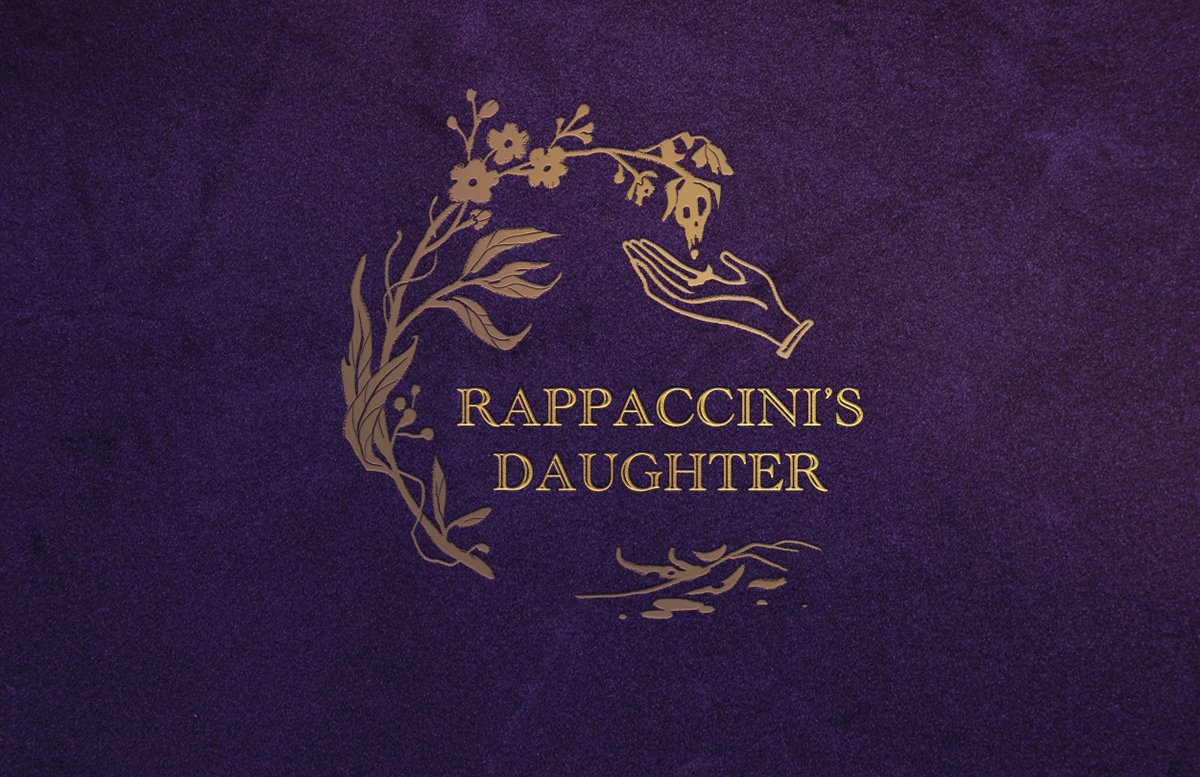
For those that missed our exploration of Nathaniel Hawthorne's fairy tale short story Rappaccini's Daughter on #FolkloreThursday (via a thread of tweets over the afternoon), please enjoy it "unrolled" below. The theme for the week was plants and flowers. (Note: Twitter has a limited character count so language is necessarily brief and abbreviated at times to keep concepts within a single tweet. We have kept the original format - tweet by tweet - intact.)
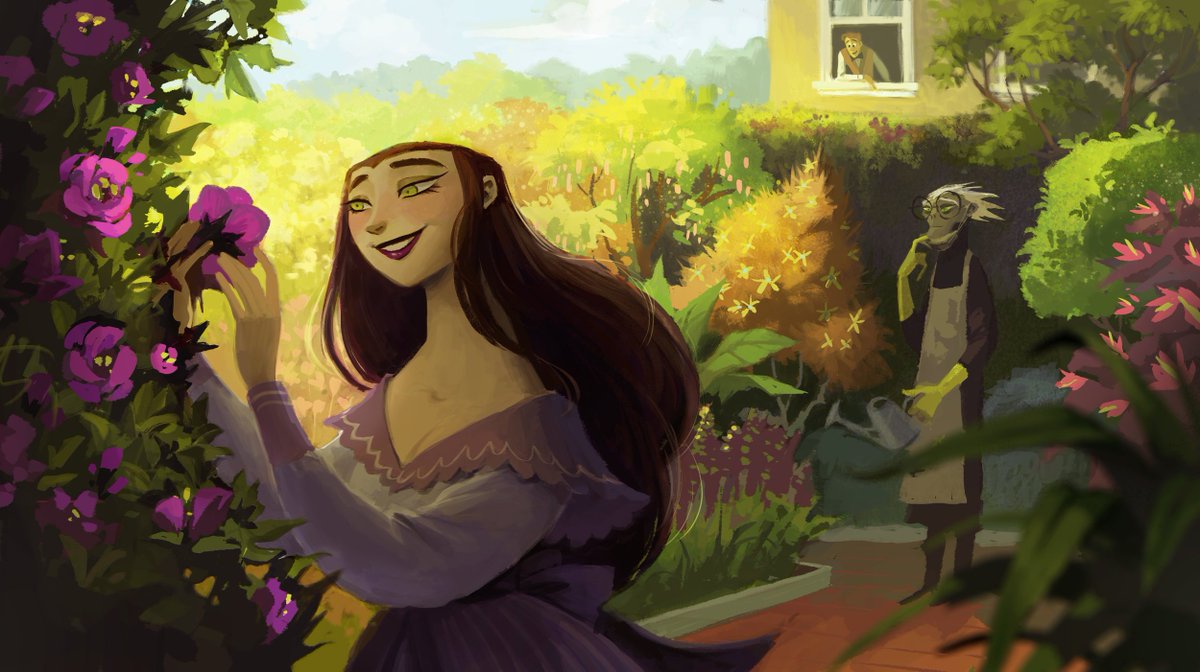
“..as if she were another flower, human sister of those vegetable ones—more beautiful than the richest— still to be touched only with a glove, nor to be approached without a mask. ...she handled & inhaled odor of several plants, which her father had sedulously avoided.”
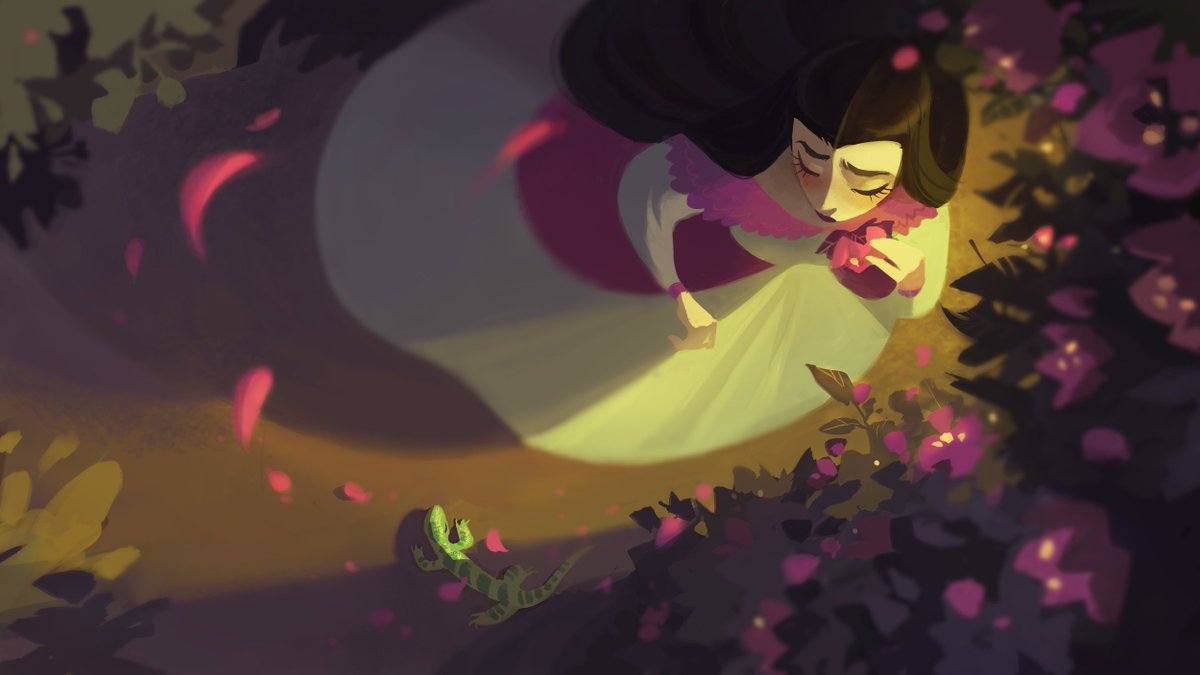
Boy enters via a secret door, meets her, idly touches her 'sister' flower, she grabs his hand away - POISONOUS! - he finds a painful burn on it the next day.
 Love and poison spread on through the story. (Read the notes on the room cutaway attached for cool story details.)
Love and poison spread on through the story. (Read the notes on the room cutaway attached for cool story details.)

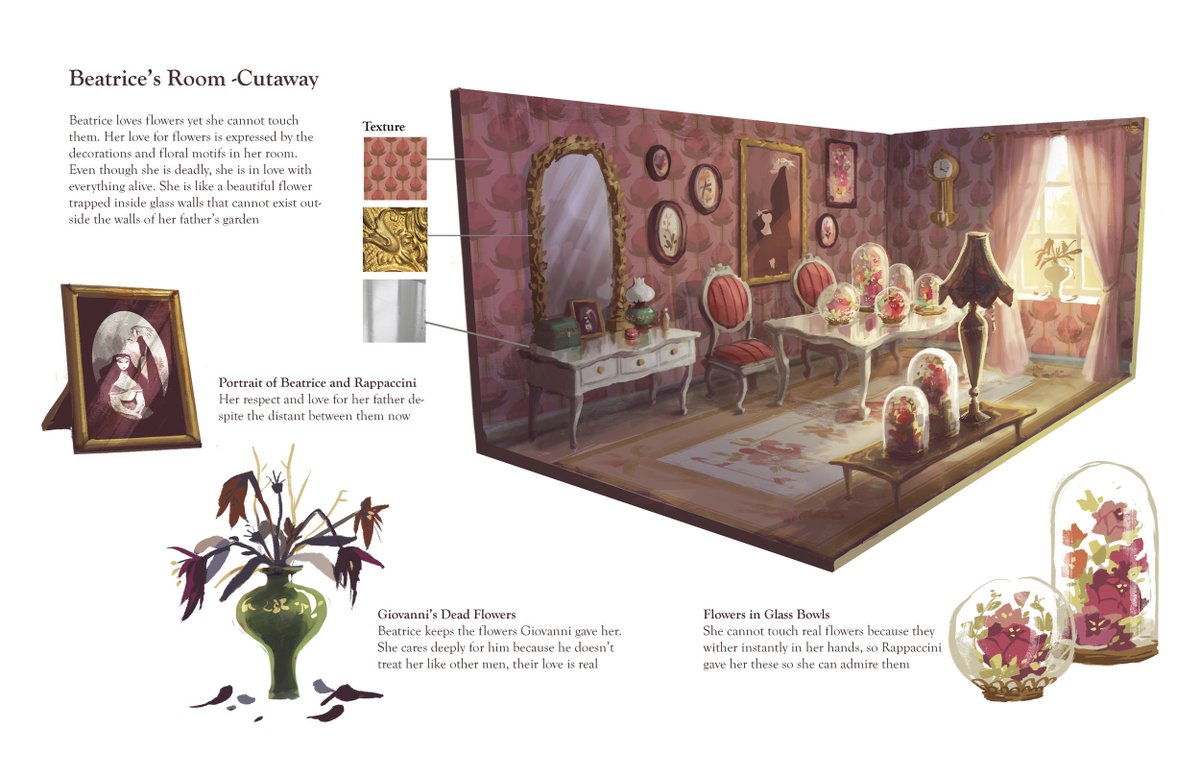
"Beatrice is beautiful, but also poisonous. Readers expect a hidden evil (religious allegory). Beatrice maps easily to Eve, Giovanni to Adam, and the rendezvous-enabling landlady to the serpent. But wait - if the garden is Eden why is it all poisonous?" (Ruthanna commentary)
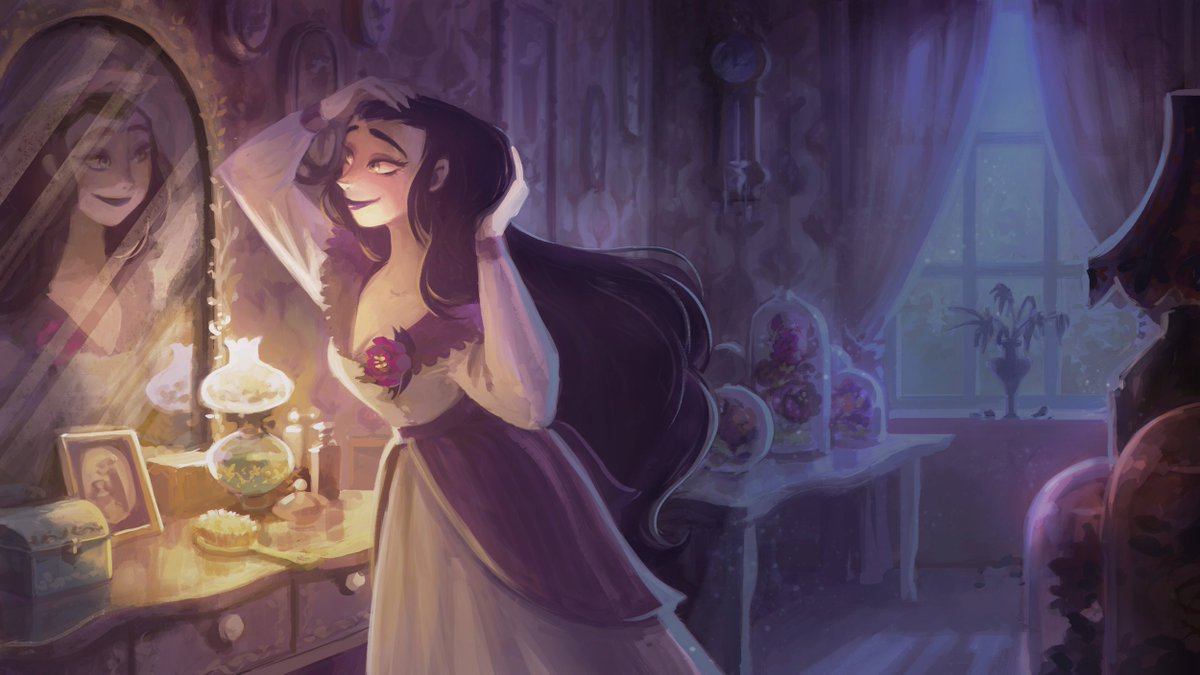
There's a nice tie-in with Visha Kanya - girls bred as assassins. "Their bodily fluids (some say touch or gaze) were rendered poisonous by a careful regimen of poisons countered by antidotes, until the immune assassin was in her own person a deadly weapon." Hello Poison Ivy!
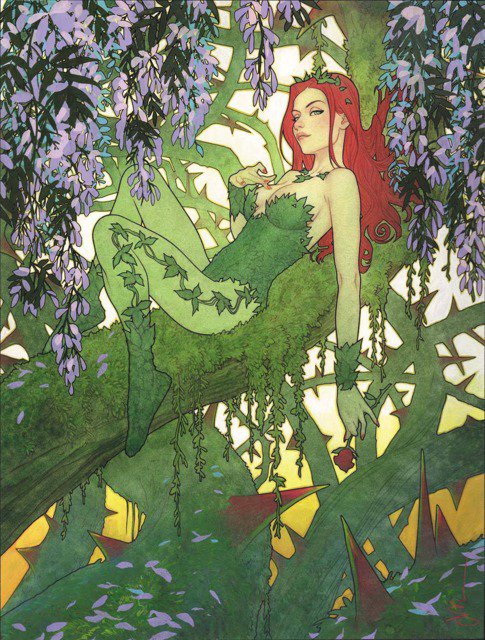
Check this graphic summary of the Poison Ivy & Rappaccini's Daughter connection/similarities (including that Hawthorne's story has a strong underlying eco-message & Poison Ivy is actually an eco-warrior with zero subtlety). May need to right-click-open in separate tab to read.

There are some issues with the innocence/naivete of Beatrice - does she have to be so clueless?- but the science versus nature aspect of the tale is interesting, esp. as it underscores feminist issues (whether intentionally or not). Sadly it ends tragically -of course.

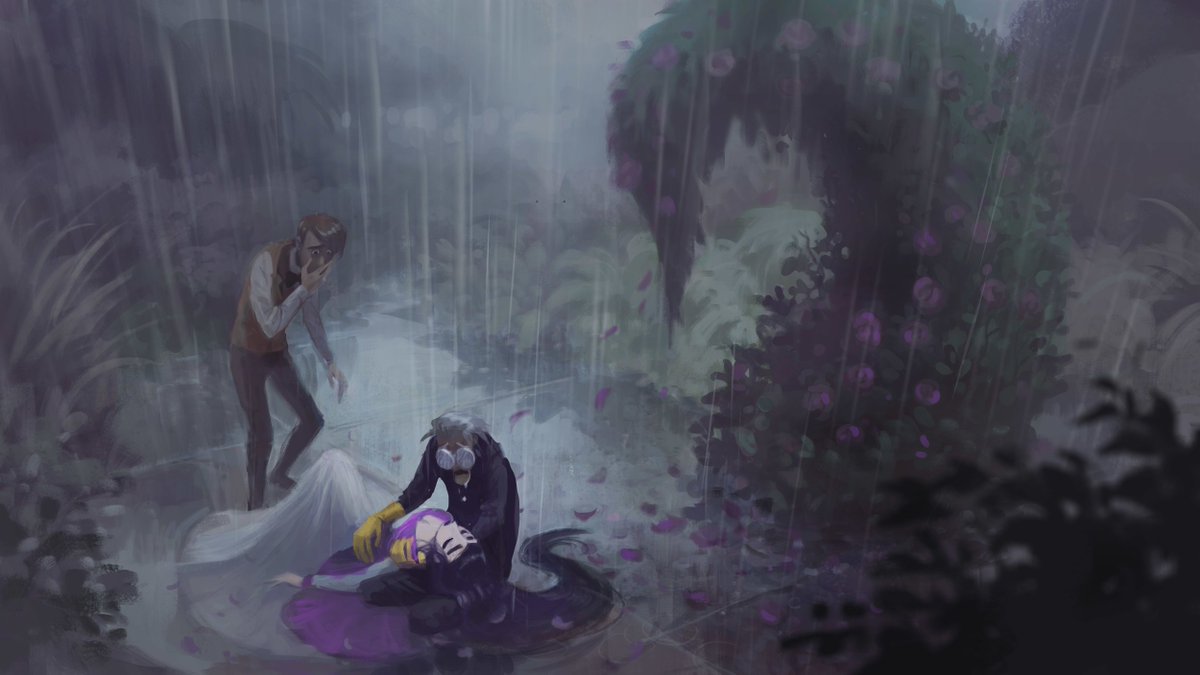
It's a rich tale that could use some attention as a movie or short series, especially with a sensitive writer keeping the layers intact while updating. Perhaps Beatrice secretly had a (plant-born) daughter before she died & named her Pamela... (aka Poison Ivy's birth name).
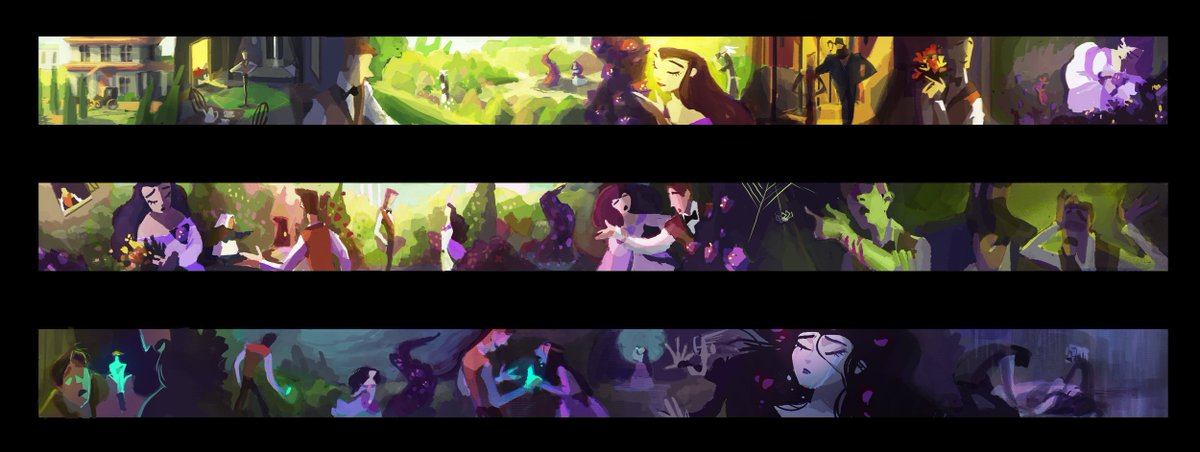
The beautiful animation development you've seen in this thread is by the talented Chi Ngo. You can see more of her work on this project (sadly never developed into a film) here: chi-ngo.com/rappaccini/
Rappaccini's Daughter seems to be most often 'retold' in operatic circles and it's easy to see why. Check out some of these beautiful productions.


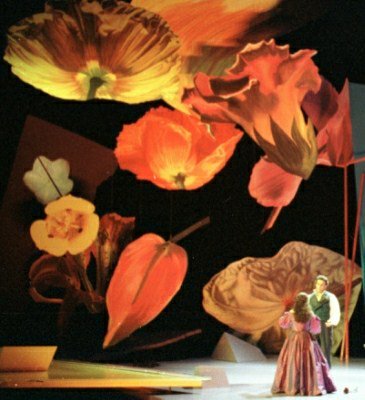

It's difficult to find novels that have mined this treasure, but here's a couple: "The Strange Case of the Alchemist's Daughter" (@theodoragoss) has Beatrice as a character; "A Fierce & Subtle Poison" (Samantha Mabry) set in Puerto Rico using local folklore, bases the novel on it.


Favorite related books: "The Poison Diaries" hardcover by Jane Duchess of Northumberland (Author), Colin Stimpson (Illustrator) is part botanical workbook and part diary of a boy's (named Weed) own relationship with poisonous plants. The novel, "The Poison Dairies", tells the story.
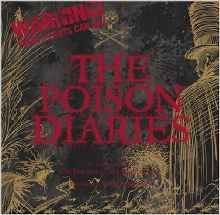

Here are some of the amazing illustrations created for the 'journal' by Colin Stimpson.

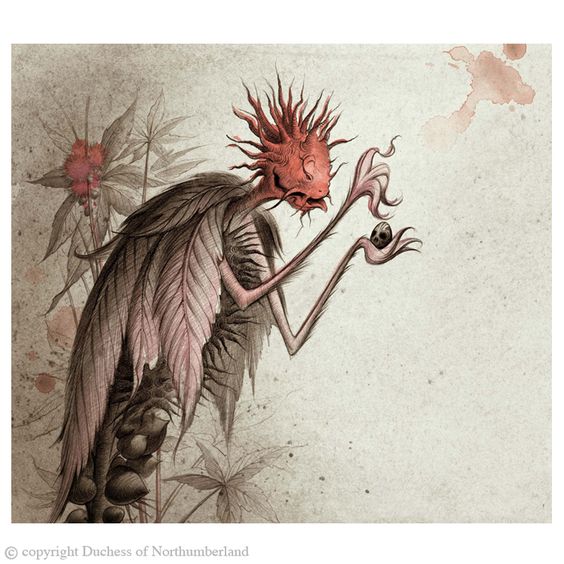
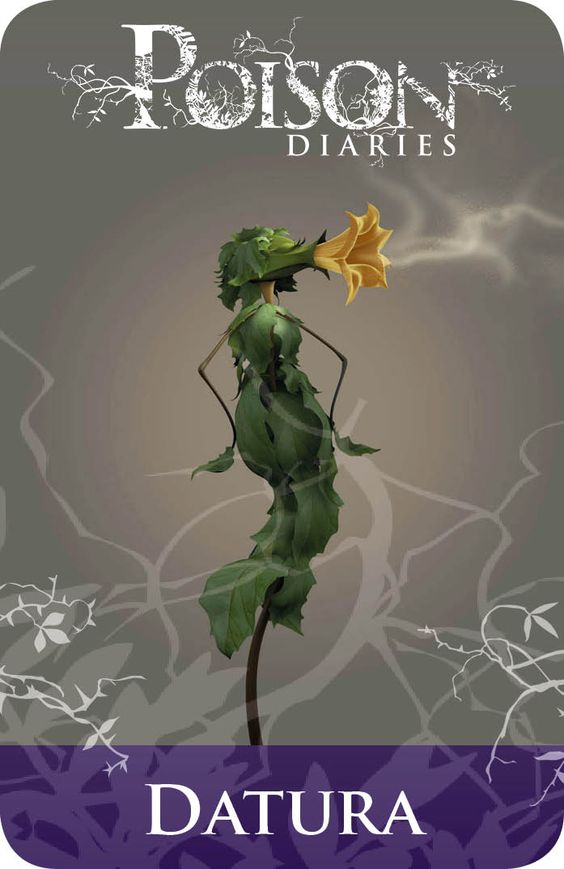
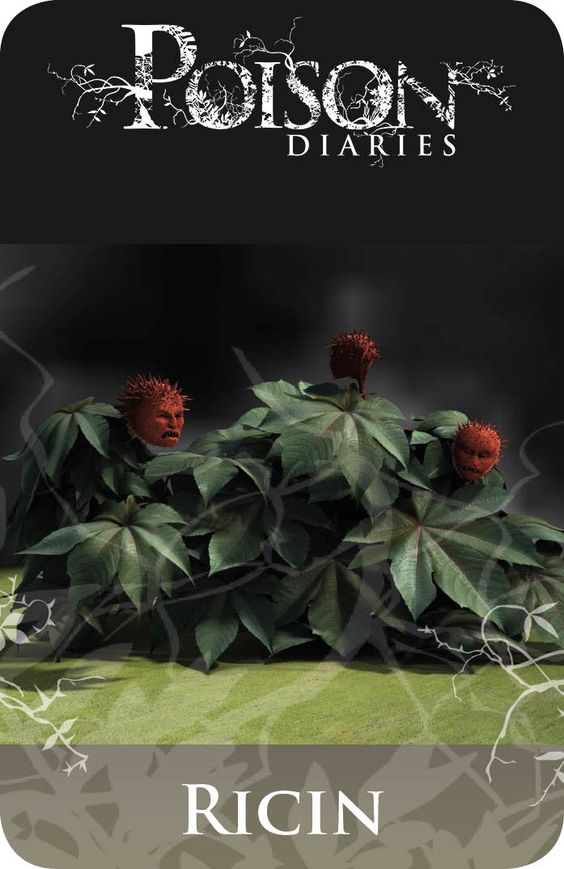
Favorite #2 is "Wicked Plants: The Weed That Killed Lincoln's Mother & Other Botanical Atrocities" by Amy Stewart (Briony Morrow-Cribbs-Illustrator), which, interestingly, opens with a Hawthorne quote from "The Scarlet Letter" & discusses Rappaccini's Daughter in the intro.
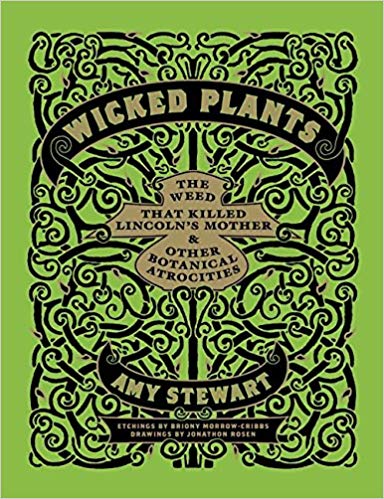
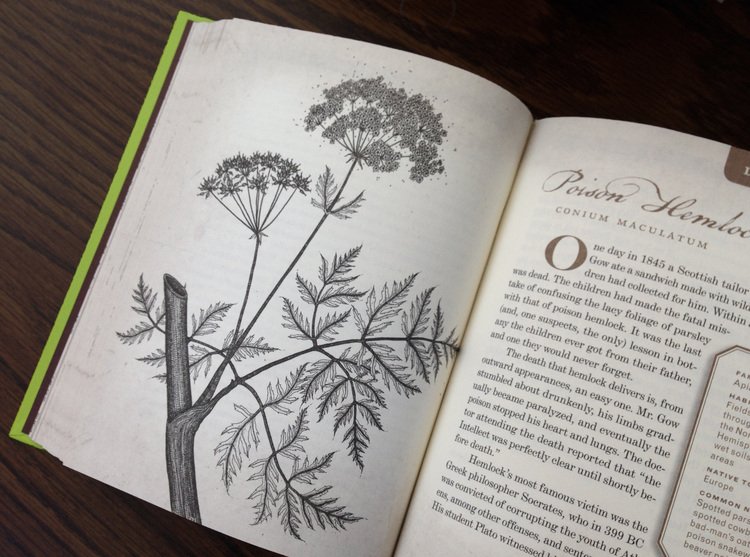
There's even a coloring book...
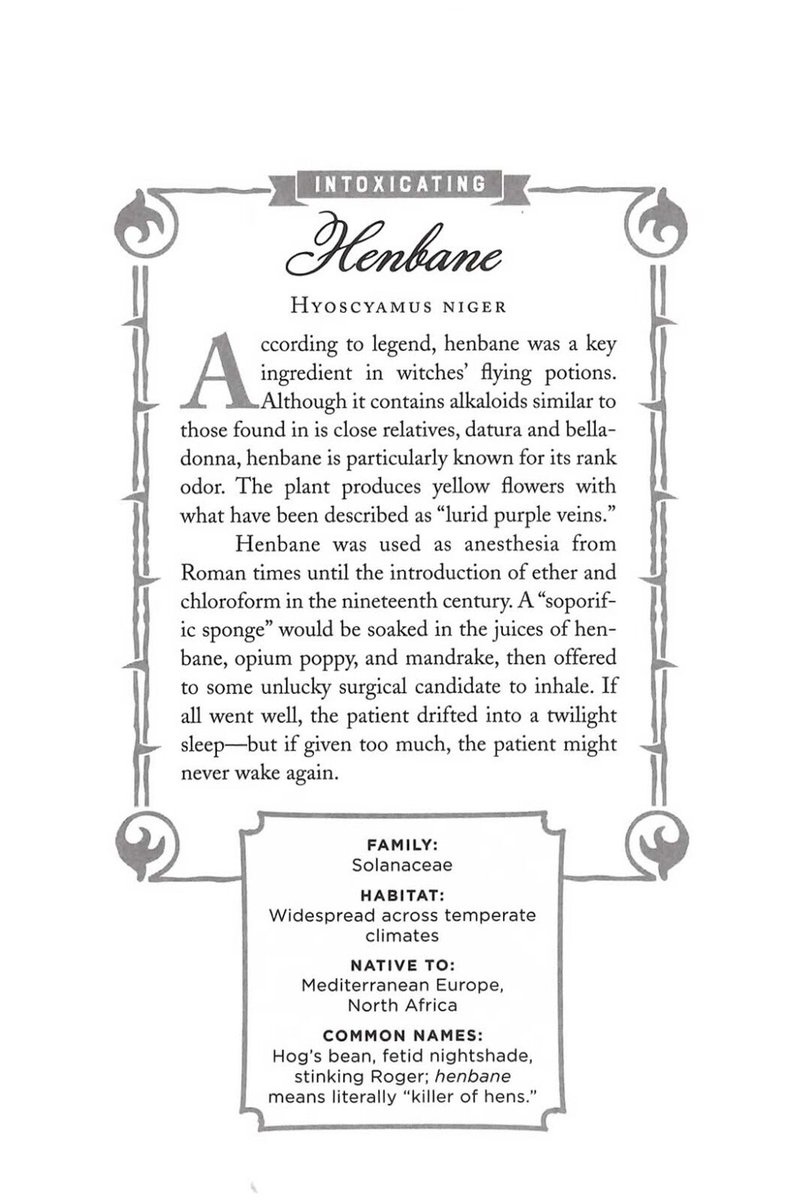
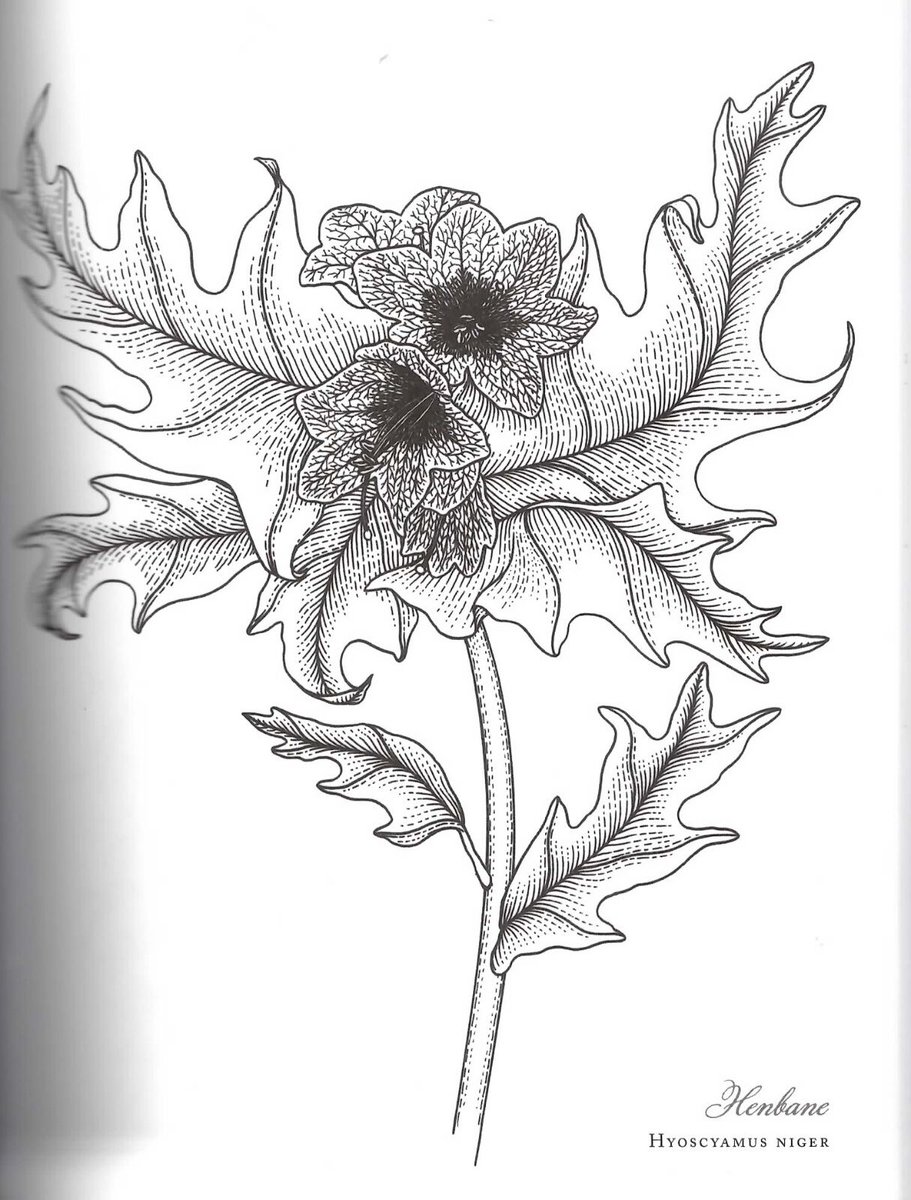
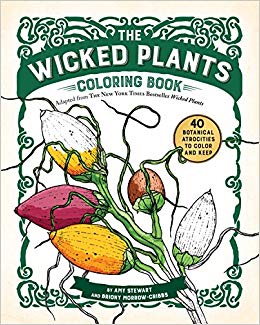
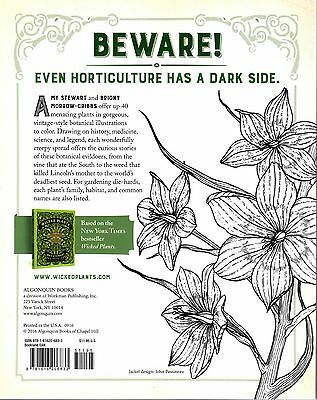
And an exhibit based on the book! Check out the video promotion in which the author speaks about her book, poisonous plants and creating the storytelling exhibit. (It's super cool!)
I'll finish by adding a screenshot of the quote which links "The Scarlet Letter" and "Rappaccini's Daughter", from the beginning of "Wicked Plants" (by Amy Stewart).

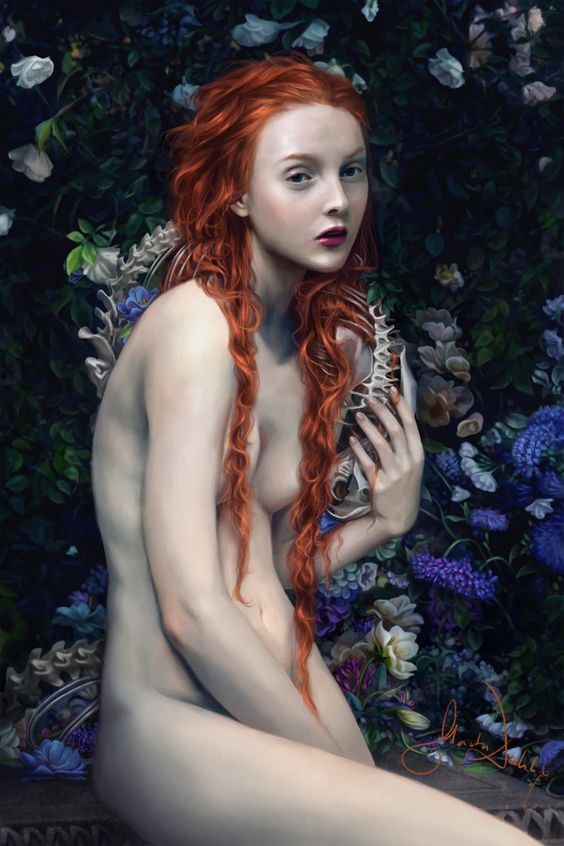
(Art above by Marta Dahlig-Orlowska, "The Poison Garden")
Thank you for exploring this fairy tale femme fatale with me today!
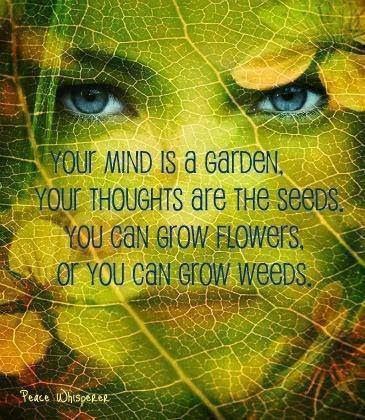


I'm reminded of "The Vishakanya's Choice" by Roshani Chokshi (read live by Levar Burton for his podcast: https://art19.com/shows/levar-burton-reads/episodes/b5c97508-753d-4a42-9ddb-582d38c36b63)!
ReplyDelete